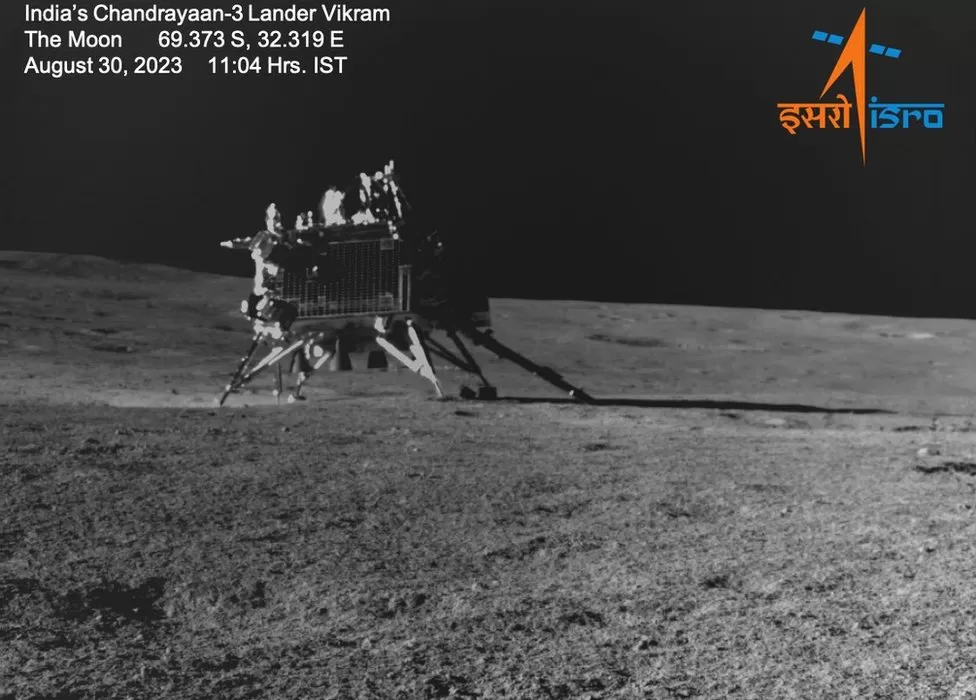How important are India’s Moon mission findings?

In the region, Chandrayaan-3’s lander and rover – called Vikram and Pragyaan – collected data and images for analysis back on Earth.
Earlier this month, scientists put the lander-rover to sleep as the sun set on the Moon – the lander-rover needs sunlight to charge its batteries. As the next lunar day breaks on 22 September, Isro hopes they will reawaken.
In addition to sharing images taken by them, ISRO has provided regular updates on their movements and findings.
Many Indians have expressed excitement over these discoveries, but others have questioned their significance.
Mila Mitra, a former Nasa scientist and co-founder of Stem and Space, a Delhi-based space education organization, was asked to explain some of Chandrayaan-3’s major findings. Isro reported that Pragyaan had traversed over 100m [328 feet] before it was put to sleep on 2 September.
The six-wheeled rover travels at a speed of 1 cm per second, so that’s quite a distance.
Furthermore, Ms Mitra points out, it has avoided falling into the craters that dot the moon’s little-explored south pole region.
Its wheels don’t move together, which helps it traverse up and down, but it may not be able to climb out if it falls into a deep crater, she says. It’s important to make it go around the craters or retrace its steps. Ms Mitra adds that scientists at the command center are watching the Moon through the eyes of the rover.
“The rover is not automated, and its movements are controlled by the command center based on pictures it sends.
As a result of the circuitous route they take, there is a slight delay before they reach the command center. Pragyaan sends them to the lander, which in turn sends them to the orbiter to reach Earth.
